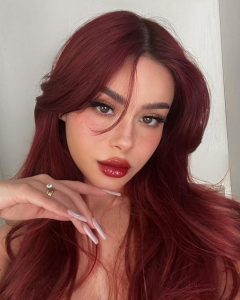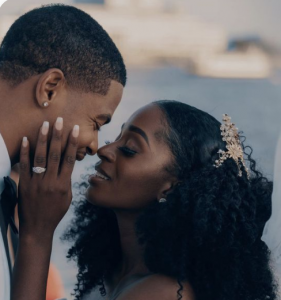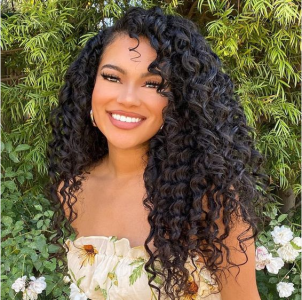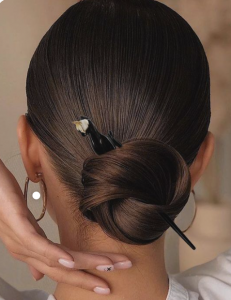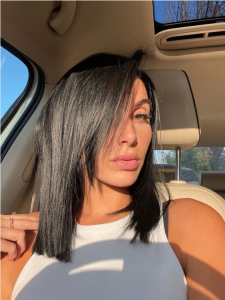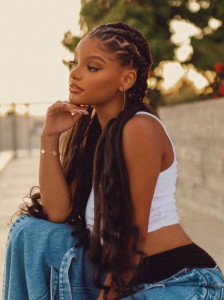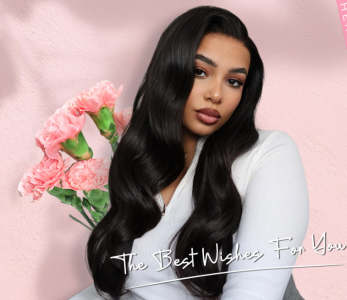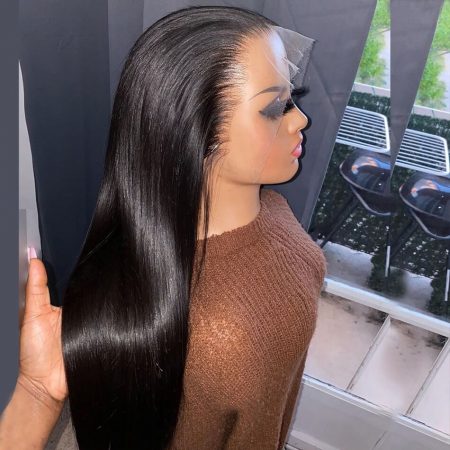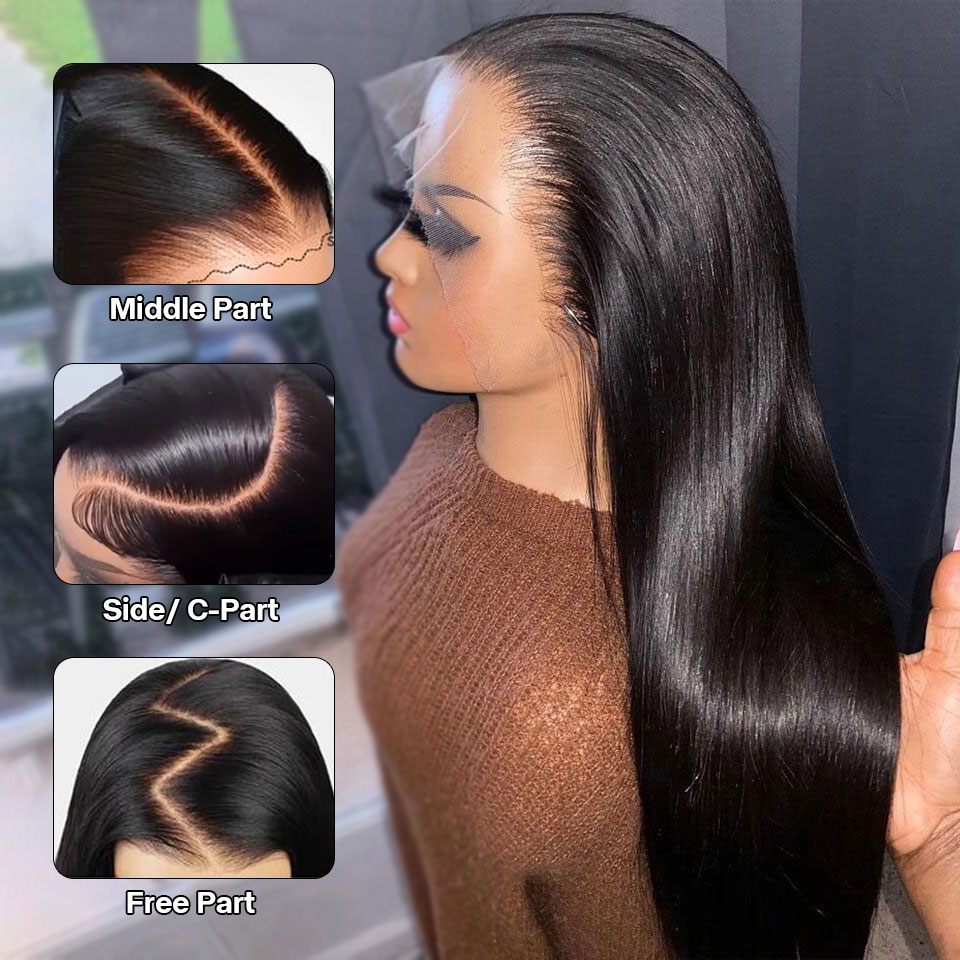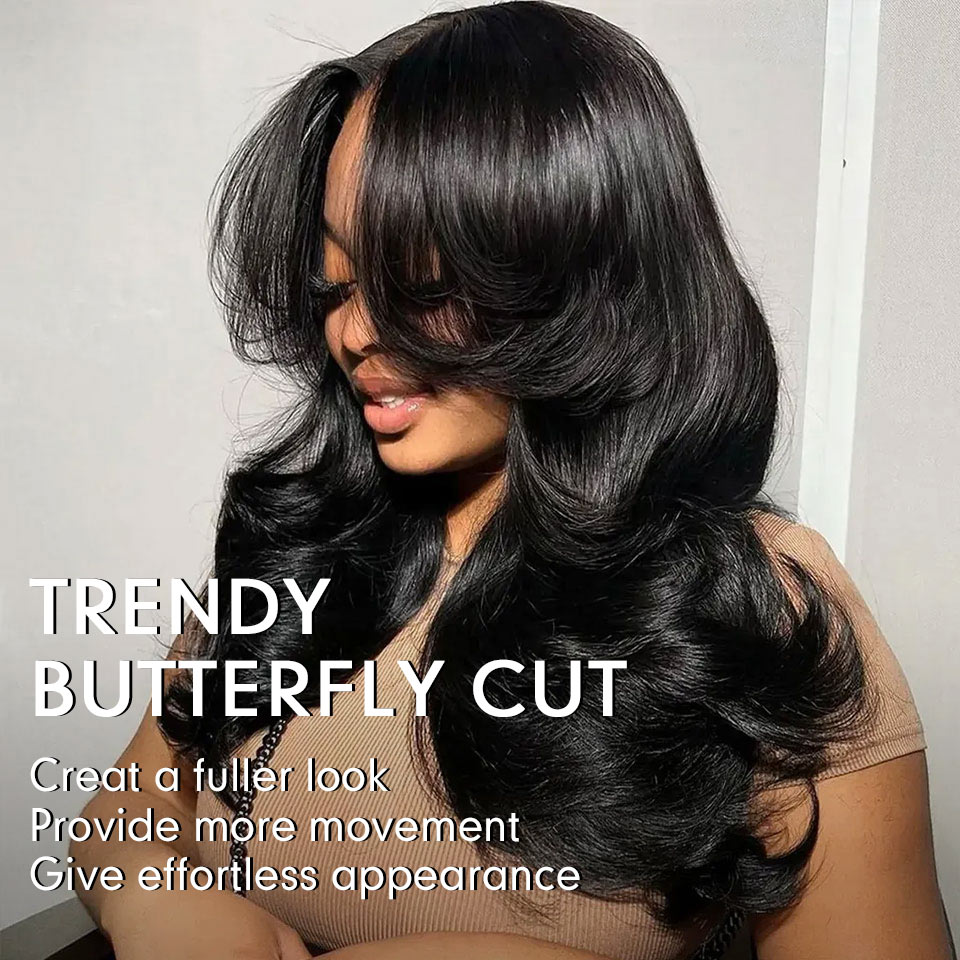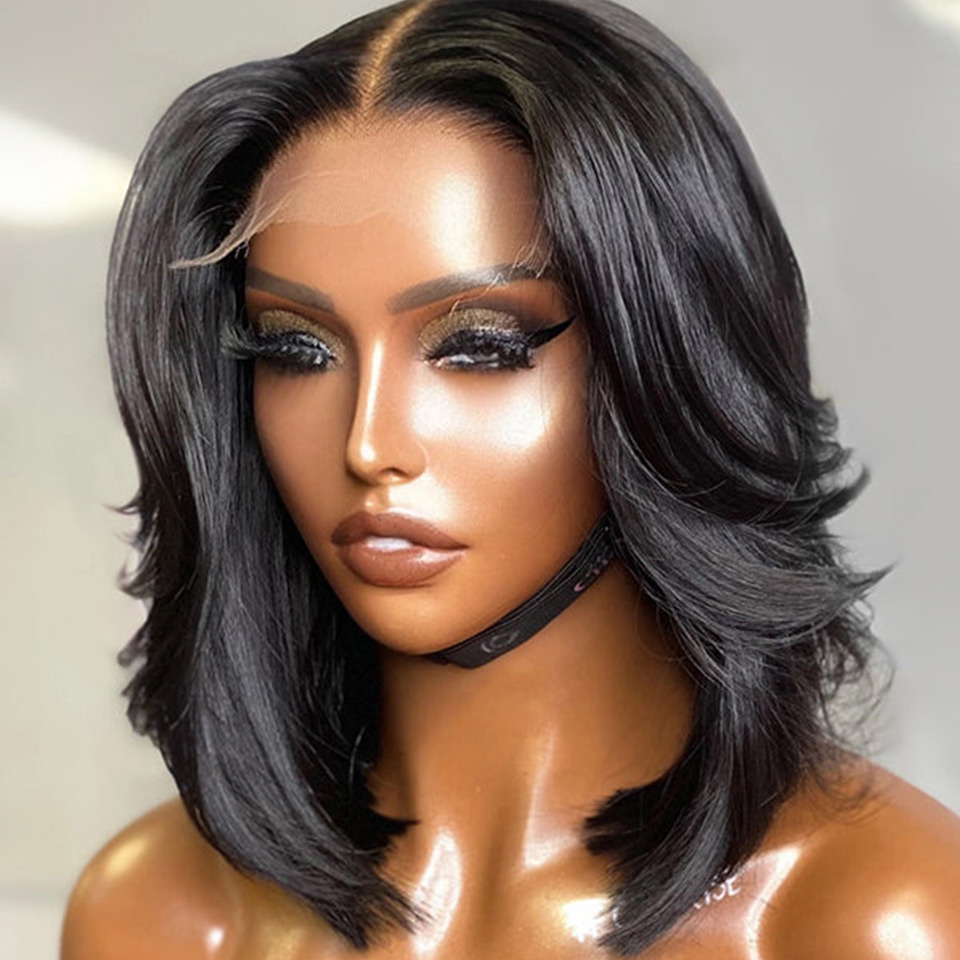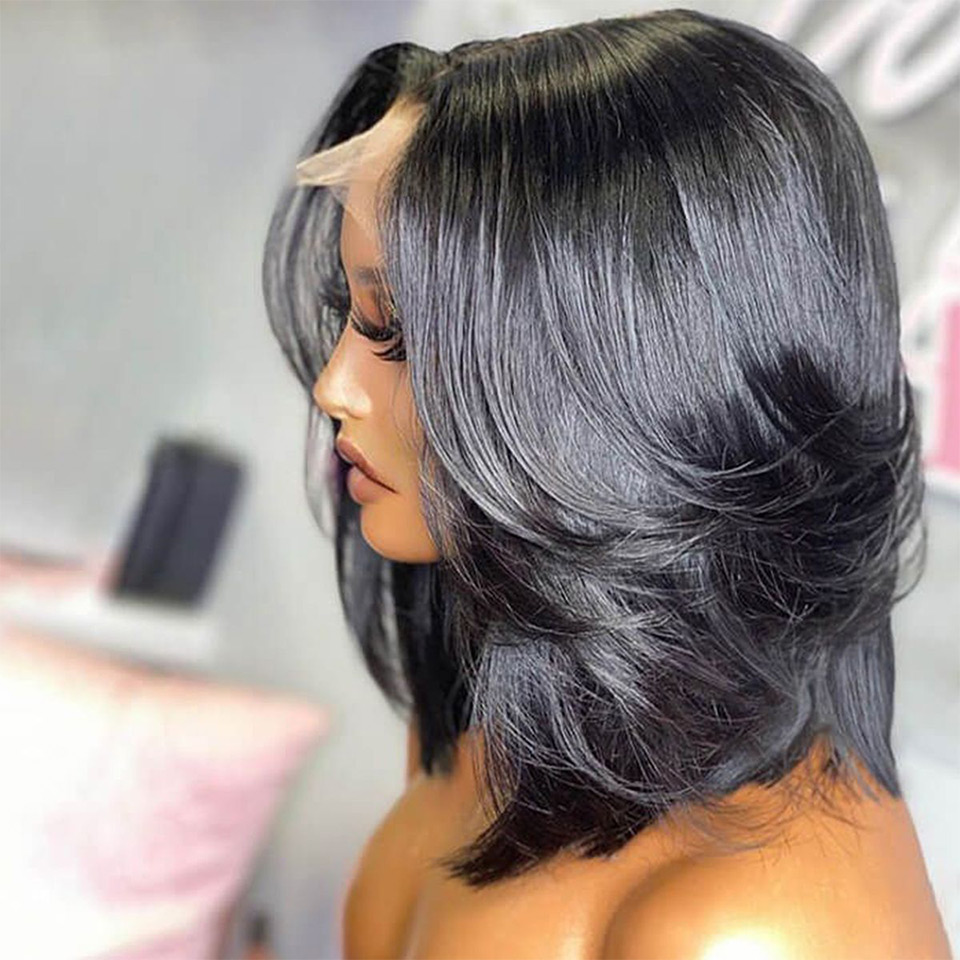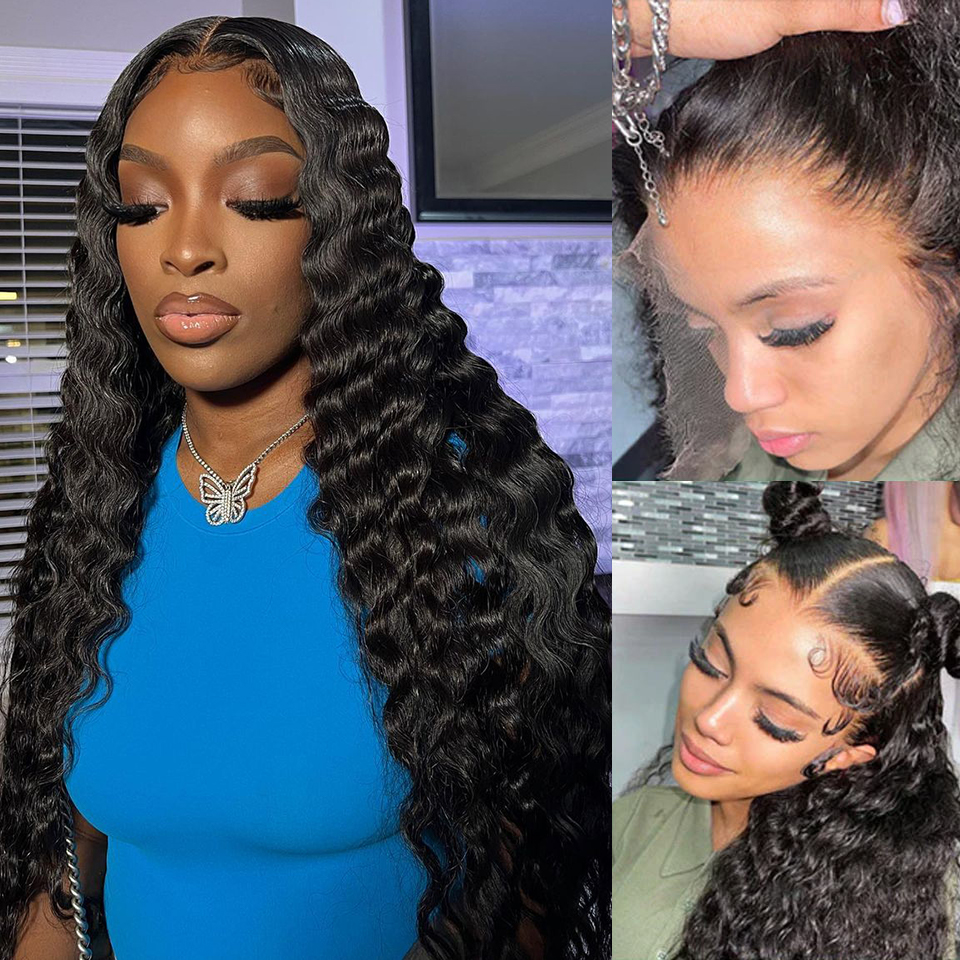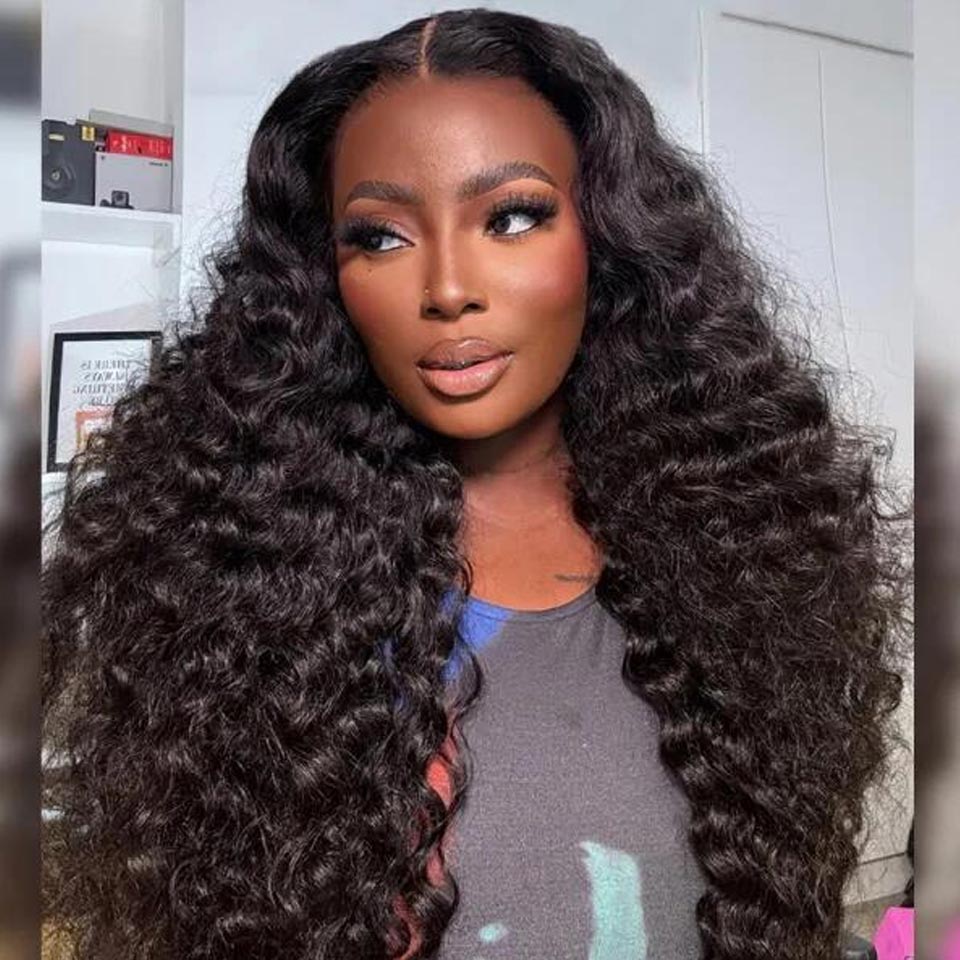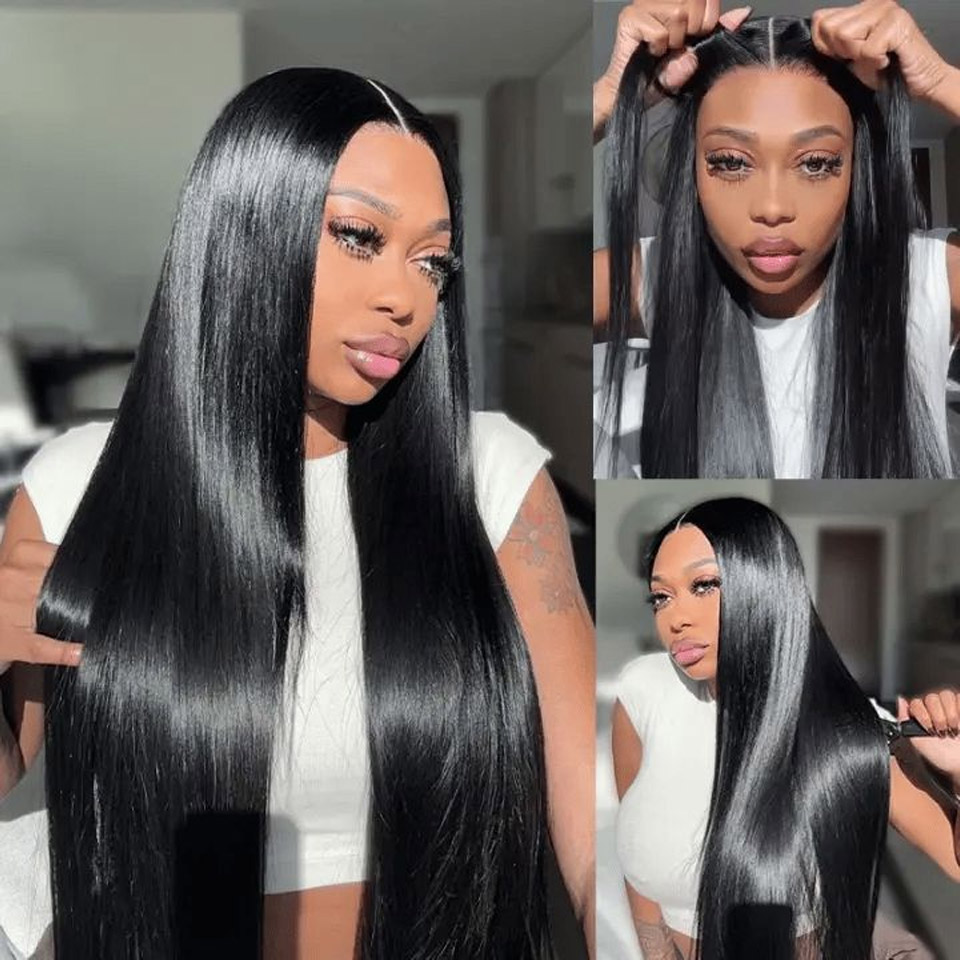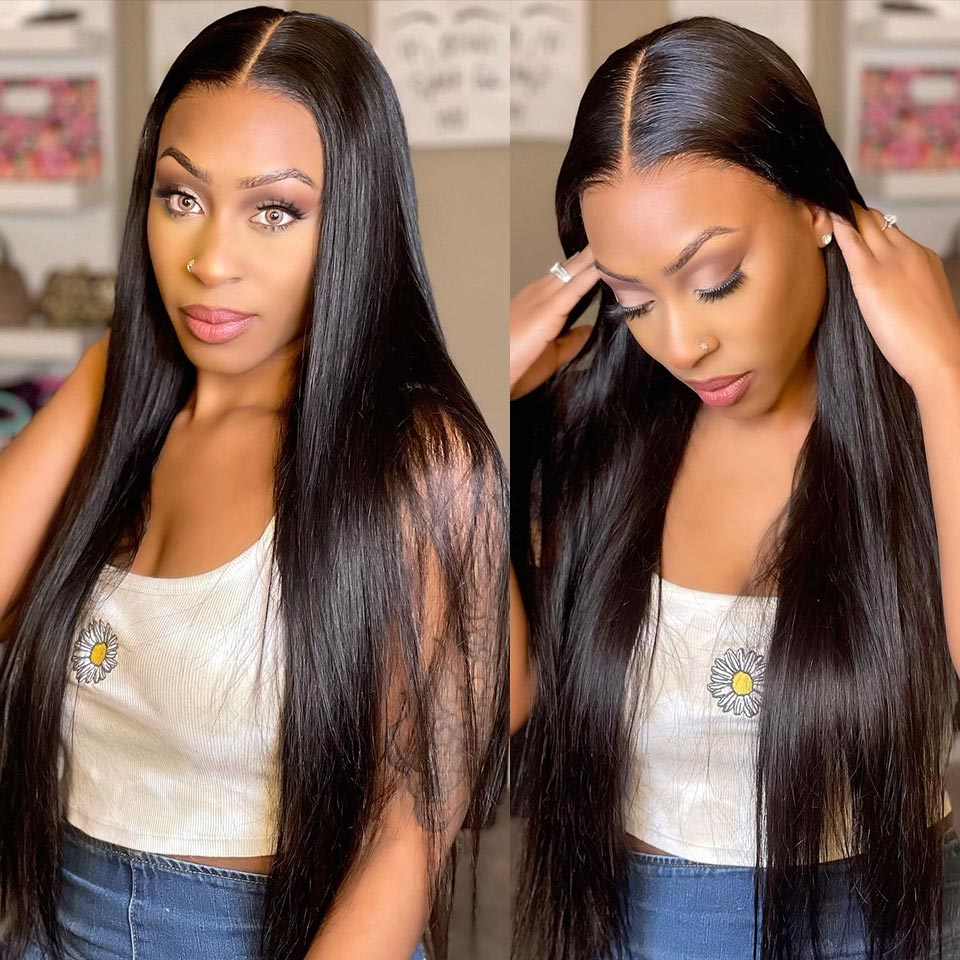Two popular options for adding dimension and flair to hair are highlights and hair streaks. While these terms are often used interchangeably, they actually refer to distinct techniques that can produce varying effects. In this article, we will delve into the differences between highlights and hair streaks, exploring their application, effects, maintenance, and more.
Understanding Highlights.
Highlights are a coloring technique that involves lightening certain strands of hair to create contrast and dimension. This technique can be applied to both natural and dyed hair, adding depth and a sun-kissed appearance. Highlights can be achieved using various methods, including foiling, balayage, and ombre, each producing a different effect.
Application.
The process of getting highlights typically involves sectioning off small strands of hair and applying a lightening agent. These strands are then wrapped in foils to isolate them from the rest of the hair and allow the lightening agent to work effectively. The result is a scattered distribution of lighter strands throughout the hair.
Effects.
Highlights are known for their ability to add natural-looking dimension to hair. They mimic the way the sun naturally lightens hair over time, creating a subtle and blended effect. Highlights can range from a few shades lighter than the base color to more dramatic contrasts, depending on the desired outcome..
Maintenance.
Maintenance for highlighted hair can vary based on the contrast between the highlights and the base color. Subtle highlights may require less maintenance as they grow out, while more dramatic contrasts might necessitate regular touch-ups to maintain the desired look. Using color-safe products and avoiding excessive heat styling can help prolong the vibrancy of highlights.
Understanding Hair Streaks.
Hair streaks, on the other hand, are a bolder and more vibrant approach to adding color to the hair. Unlike highlights, which often aim for a subtle and natural effect, hair streaks are meant to make a statement and can involve more creative and daring color choices.
Application.
The application of hair streaks involves selecting larger sections of hair and applying a vivid color directly to those sections. This can be done using temporary hair color sprays, chalks, semi-permanent dyes, or even permanent dyes for a long-lasting effect. The result is distinct and noticeable colored sections within the hair.
Effects.
Hair streaks are all about creating contrast and visual impact. They can range from pastel shades to neon brights, allowing for endless customization and personalization. Hair streaks are a great way to experiment with color without committing to an all-over dye job.
Maintenance.
The maintenance of hair streaks largely depends on the type of coloring product used. Temporary options like sprays and chalks can be easily washed out, making them ideal for those who want a short-lived change. Semi-permanent and permanent dyes will require more maintenance to prevent fading and maintain vibrancy.

Comparing Highlights and Hair Streaks.
While both highlights and hair streaks involve adding lighter or vibrant colors to the hair, they cater to different preferences and styles. Let’s compare the two techniques in various aspects:
1. Intensity and Effect.
Highlights offer a more subdued and natural effect by mimicking the way the sun naturally lightens hair. Hair streaks, on the other hand, create a bold and eye-catching statement with vibrant and distinct sections of color.
2. Color Choices.
Highlights typically involve shades that are only a few tones lighter than the base color, creating a harmonious blend. Hair streaks provide a broader range of color choices, allowing for more creativity and experimentation.
3. Application Techniques.
The application of highlights often involves foiling or painting the hair for a more scattered and blended look. Hair streaks involve directly applying color to larger sections of hair, resulting in more defined and isolated color patches.
4. Maintenance.
Maintenance requirements vary based on the technique and color choice. Highlights may require touch-ups as they grow out, while hair streaks’ longevity depends on the type of coloring product used.
5. Versatility.
Highlights are versatile and can suit various hair lengths and styles, adding dimension without overpowering the base color. Hair streaks, while also versatile, tend to be more statement-making and can significantly alter the overall look.
6. Occasion and Mood.
Highlights are often considered suitable for a wide range of occasions and can complement different styles. Hair streaks are great for expressing specific moods, personalities, or event-themed looks.
Choosing Between the Two.
The decision between highlights and hair streaks ultimately depends on personal style, preferences, and the desired level of change. If someone is looking for a subtle and natural way to enhance their hair’s dimension, highlights might be the preferred choice. On the other hand, if a bold and expressive statement is the goal, hair streaks offer a playful and daring option.
When making this choice, factors such as lifestyle, maintenance commitment, and workplace norms should also be considered. Both techniques have the power to transform and elevate a person’s look, providing endless possibilities for self-expression.
Considerations When Choosing Between Hair Streaks and Highlights.
Choosing between hair streaks and highlights is an exciting decision that allows individuals to transform their look and express their personal style. Both techniques offer unique effects and can enhance the overall appearance of your hair. However, there are several important considerations to keep in mind when deciding which option is right for you. From your desired effect to maintenance and lifestyle, here are the key factors to consider when making your choice.
1. Desired Effect.
One of the primary considerations when choosing between hair streaks and highlights is the effect you want to achieve. Are you looking for a subtle and natural enhancement, or do you want a bold and vibrant change? Highlights are known for their ability to create depth and dimension by lightening certain strands of hair. This technique offers a sun-kissed appearance and mimics the way the sun naturally lightens hair. Hair streaks, on the other hand, deliver a more dramatic contrast by adding distinct sections of color. If you’re seeking a more understated transformation, highlights might be the way to go. If you’re eager to make a bold statement, hair streaks can provide the vibrant change you’re looking for.
2. Color Choices.
The range of color choices is another significant factor to consider. Highlights usually involve shades that are only a few tones lighter than your base color. These shades create a harmonious and natural blend that complements your hair’s overall look. Hair streaks, however, offer a broader spectrum of color options. From pastel hues to vivid neons, the choices are virtually limitless. If you’re keen on experimenting with unconventional or eye-catching colors, hair streaks allow for more creativity and self-expression.
3. Application Techniques.
The application techniques of hair streaks and highlights differ, contributing to their distinct effects. Highlights are typically achieved through methods like foiling, balayage, or ombre. These techniques involve applying a lightening agent to small sections of hair, often wrapped in foils to achieve a scattered and blended look. Hair streaks, on the other hand, involve directly applying color to larger sections of hair. This creates a more defined and noticeable contrast, making it a suitable choice for those who want a bold and prominent change.
4. Maintenance Commitment.
Maintenance is an important consideration for any hair color choice. Highlights often require less frequent maintenance compared to hair streaks, especially if you opt for a more subtle and blended look. Subtle highlights tend to grow out more gracefully and require fewer touch-ups. On the other hand, hair streaks might demand more regular maintenance to prevent fading, particularly if you choose vibrant or unconventional colors. Consider your willingness to commit to touch-up appointments and upkeep when making your decision.
5. Lifestyle and Occasions.
Your lifestyle and daily activities can influence your choice between hair streaks and highlights. Highlights tend to be more versatile and suitable for various occasions, including professional settings. They can complement different hairstyles and are often considered a timeless option. Hair streaks, while also versatile, are more statement-making and can be ideal for expressing specific moods, personalities, or event-themed looks. However, you might want to evaluate whether your chosen hair streak colors align with your everyday activities and workplace norms.
6. Temporary vs. Permanent.
Consider the permanence of your chosen hair color technique. Highlights can be achieved using semi-permanent dyes, which gradually fade over time and offer flexibility for change. However, if you opt for permanent highlights, the commitment might be longer-lasting. Hair streaks, depending on the product used, can range from temporary color sprays that wash out after a few shampoos to semi-permanent or even permanent dyes. If you’re unsure about committing to a long-term change, temporary options might provide a safer avenue for experimentation.
7. Consultation with a Professional.
Before making a decision, it’s highly recommended to consult with a professional hairstylist. Their expertise can provide valuable insights tailored to your hair type, texture, and desired outcome. A skilled stylist can help you determine which technique suits you best and recommend color options that flatter your complexion.
Can highlights and hair streaks harm your hair?
Both highlights and hair streaks involve the use of chemical treatments to alter the color of your hair. While these techniques can yield stunning results, it’s important to be aware that improper application or excessive use of these treatments can potentially harm your hair. Here’s a closer look at the potential risks and how to minimize them:
Potential Risks of Highlights and Hair Streaks:
Hair Damage: The lightening agents used in both highlights and hair streaks typically contain chemicals like hydrogen peroxide, which can strip the hair of its natural moisture and proteins. This can lead to dryness, brittleness, and overall hair damage.
Breakage: Overprocessing the hair with frequent lightening treatments can weaken the hair shaft, making it more prone to breakage. This is especially true for individuals with fine or delicate hair.
Color Fading: While highlights and hair streaks can fade over time due to washing and sun exposure, improper aftercare or using products with harsh sulfates can accelerate the fading process.
Uneven Results: Incorrect application techniques can result in uneven color distribution, leaving some strands looking more saturated or lighter than others.
Allergic Reactions: Some people may develop allergic reactions to the chemicals used in hair dyes, which can lead to itching, redness, and discomfort on the scalp and around the hairline.
Overprocessing: Frequent and overlapping color treatments, especially if using permanent dyes, can lead to overprocessing, which causes cumulative damage to the hair.
Minimizing the Risks:
To enjoy the benefits of highlights and hair streaks while minimizing potential harm, follow these guidelines:
Consult a Professional: It’s highly recommended to have highlights and hair streaks done by a professional hairstylist who is experienced in color techniques. They can assess the health of your hair and recommend the best approach for your specific hair type.
Patch Test: If you’re trying a new color or brand of hair dye, perform a patch test on a small area of skin to check for any allergic reactions.
Use High-Quality Products: Opt for high-quality hair dyes and lightening agents to minimize the risk of damage. Professional-grade products are formulated to be less harsh on the hair.
Limit Frequency: Avoid excessive color treatments, as frequent use of chemical dyes can weaken the hair. Give your hair time to recover between treatments.
Moisturize: Use deep conditioning treatments and hair masks to restore moisture and nourishment to your hair. This helps mitigate the drying effects of the lightening agents.
Protect from the Sun: UV rays can fade hair color and contribute to damage. Use hair products with UV protection, wear hats, or use leave-in treatments with sunscreens.
Avoid Heat Styling: Heat styling tools like straighteners and curling irons can exacerbate hair damage, especially when used on already processed hair. Minimize heat styling as much as possible.
Gentle Shampooing: Use sulfate-free and color-safe shampoos and conditioners to maintain the vibrancy of your color. Wash your hair with lukewarm water, as hot water can strip away color and natural oils.
Regular Trims: Regular hair trims help remove split ends and prevent further breakage, keeping your hair looking healthy.
Take Breaks: Give your hair breaks from chemical treatments to allow it to recover and regain its natural strength.
Is it possible to color my hair at home for streaks or highlights?
Yes, it is possible to color your hair at home to achieve streaks or highlights. Many individuals opt for DIY hair coloring to save money and have more control over their look. However, it’s important to approach home hair coloring with caution and proper preparation to ensure the best results and minimize potential damage. Here’s a step-by-step guide to coloring your hair at home for streaks or highlights:
1. Choose Your Technique:
Decide whether you want to create streaks or highlights. Streaks involve adding distinct sections of color, while highlights create a more subtle, scattered effect. Choose the technique that aligns with your desired look.
2. Gather Your Supplies:
You’ll need the following supplies for your at-home hair coloring:
Hair color kit: Choose a high-quality hair dye or highlighting kit that suits your chosen technique and color preference.
Gloves: Protect your hands from staining by wearing gloves provided in the kit.
Mixing bowl and brush: If required by the kit, mix the hair dye according to the instructions in a bowl and apply it using a brush.
Foils or cap (for highlights): Foils are used to separate and isolate sections of hair for more controlled highlighting.
Applicator (for streaks): Some hair dyes come with built-in applicators for applying color directly to sections of hair.
3. Prepare Your Workspace:
Choose a well-lit and well-ventilated area for the application. Cover surfaces with old towels or newspapers to prevent staining. Wear an old shirt to avoid staining your clothes.
4. Perform a Patch Test:
Before applying the hair dye to your entire head, perform a patch test as directed in the hair color kit. This helps ensure you don’t have an allergic reaction to the dye.
5. Follow Instructions:
Read and follow the instructions provided in the hair color kit carefully. The instructions will guide you through the application process, including preparation, application time, and rinsing.
6. Section Your Hair:
For highlights, section off the hair you want to color using foils or a cap. Use clips to keep the rest of your hair out of the way.
7. Apply the Color:
Apply the hair dye or color directly to the sections you want to highlight or streak. Use the brush, applicator, or your fingers to ensure even distribution. Be careful not to apply too much product, as this can lead to overprocessing and uneven results.
8. Monitor Processing Time:
Follow the recommended processing time mentioned in the kit’s instructions. Set a timer to avoid leaving the color on for too long, as this can result in damage or undesirable color results.
9. Rinse and Condition:
Once the processing time is up, rinse your hair thoroughly with cool water until the water runs clear. Apply the conditioner provided in the kit to nourish and moisturize your hair.
10. Aftercare:
Follow the aftercare instructions in the kit to maintain the longevity and vibrancy of your color. Use color-safe shampoos and conditioners, avoid excessive heat styling, and protect your hair from the sun.
11. Seek Professional Help (if needed):
If you’re unsure about the application process or are aiming for a complex look, consider consulting a professional hairstylist for advice or assistance.
Remember, while home hair coloring can be convenient and cost-effective, it’s essential to approach it with caution. If you’re concerned about potential damage, uneven results, or allergic reactions, consulting a professional hairstylist might be the best option. They can provide personalized guidance and ensure that the coloring process is tailored to your hair type and desired outcome.
Wrap Up.
In the world of hair fashion, both highlights and hair streaks hold their own unique appeal. Highlights bring a touch of elegance and subtlety, while hair streaks offer an exciting burst of color and creativity. Understanding the distinctions between these two techniques can help individuals make informed decisions based on their preferences and style aspirations. Whether opting for highlights’ gentle dimension or hair streaks’ vibrant statement, both techniques contribute to the colorful tapestry of self-expression and personal style.




